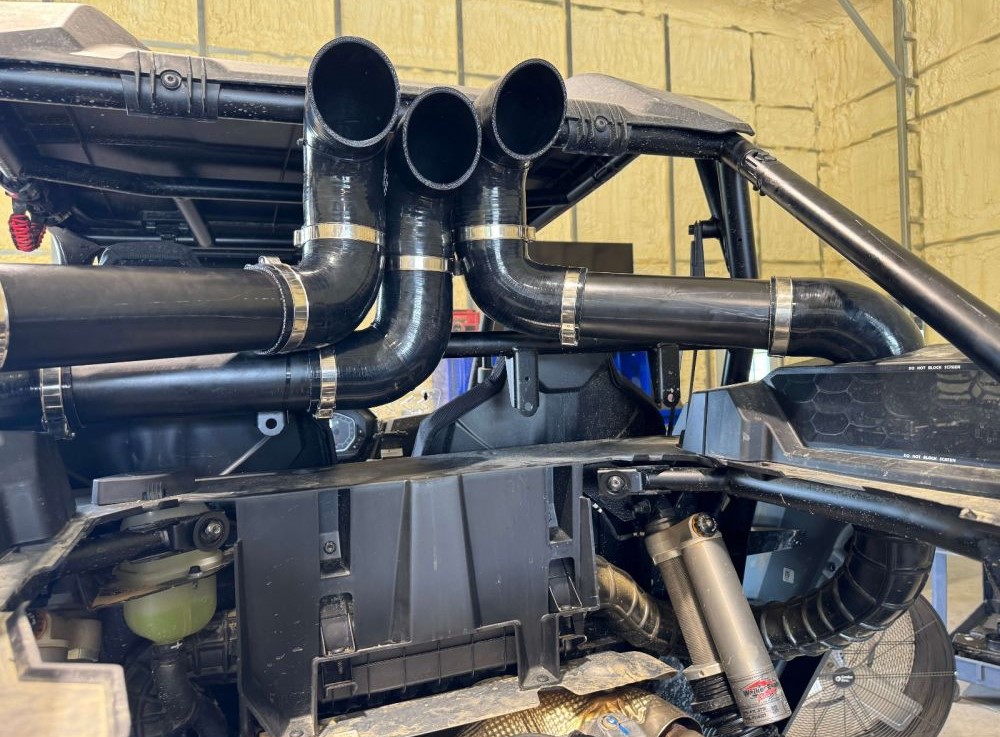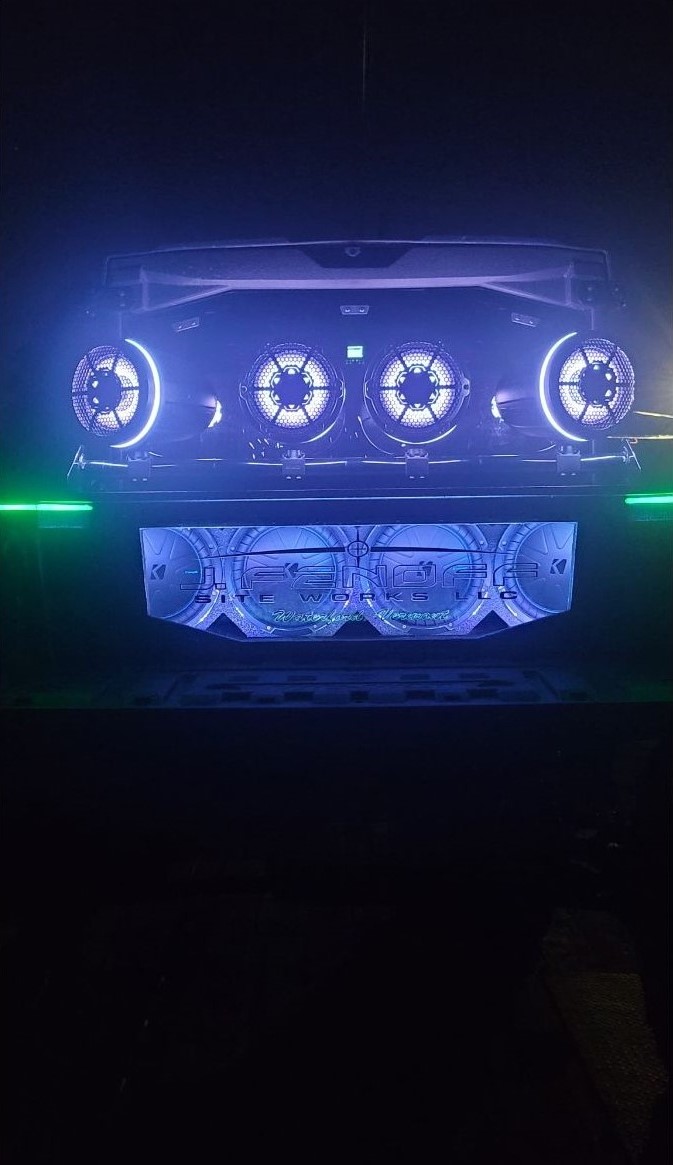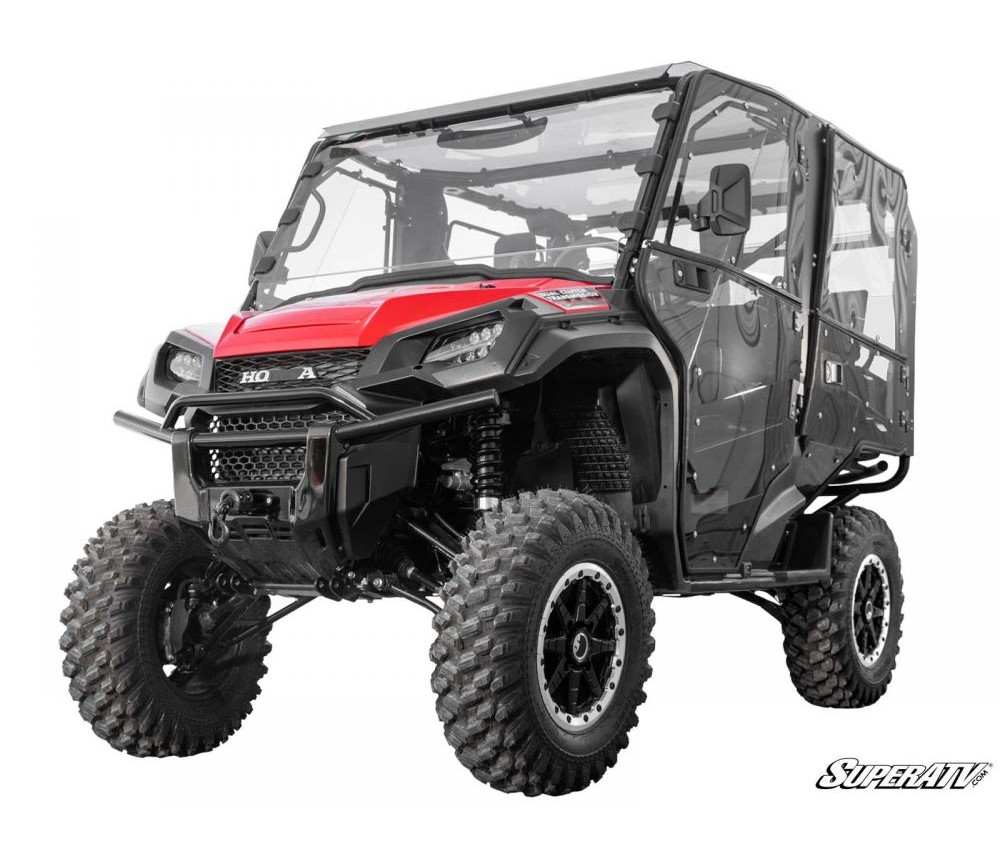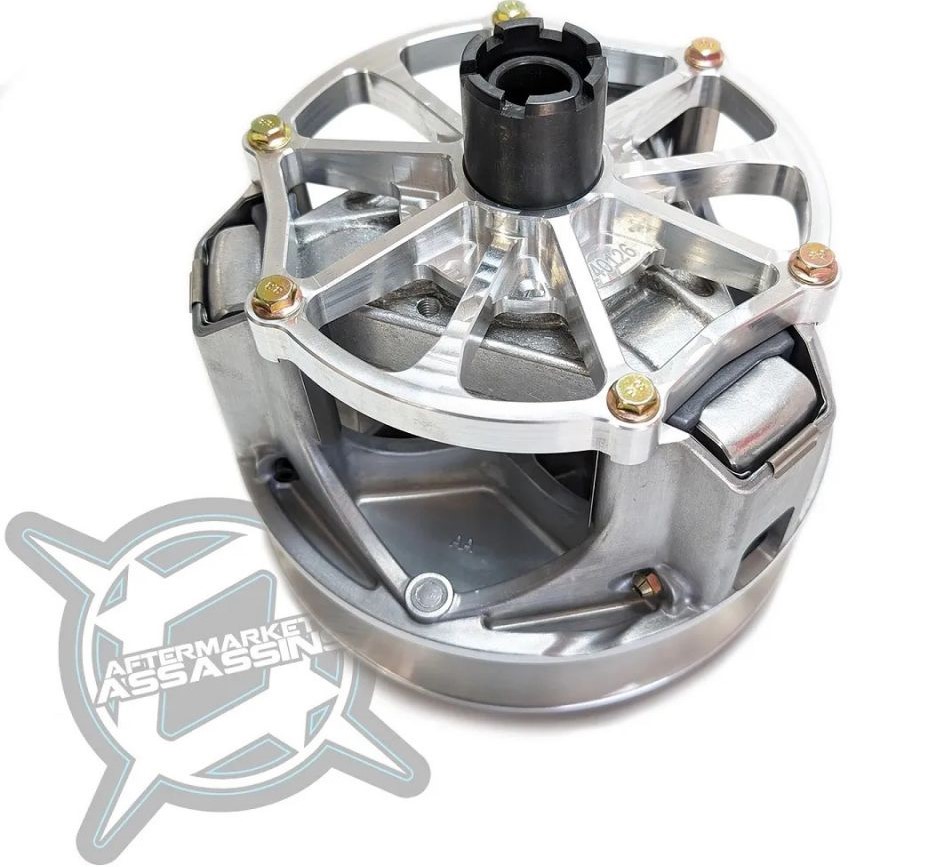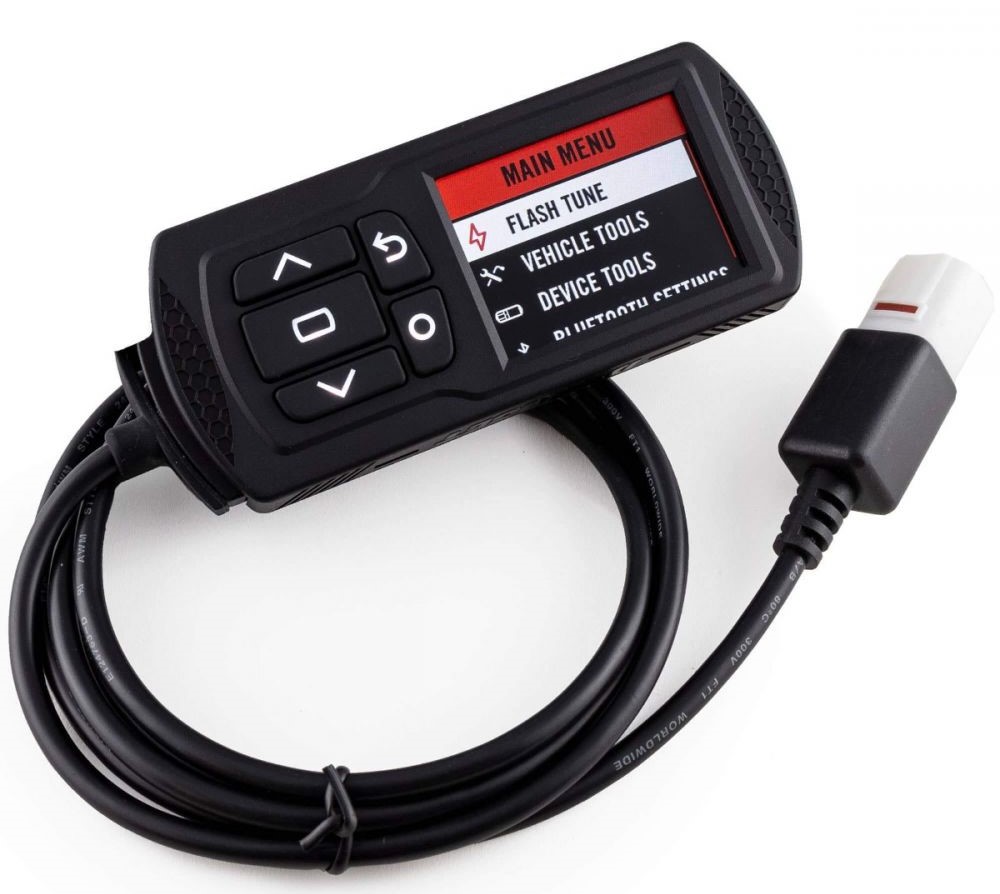Polaris Xpedition Torque Specs Chart
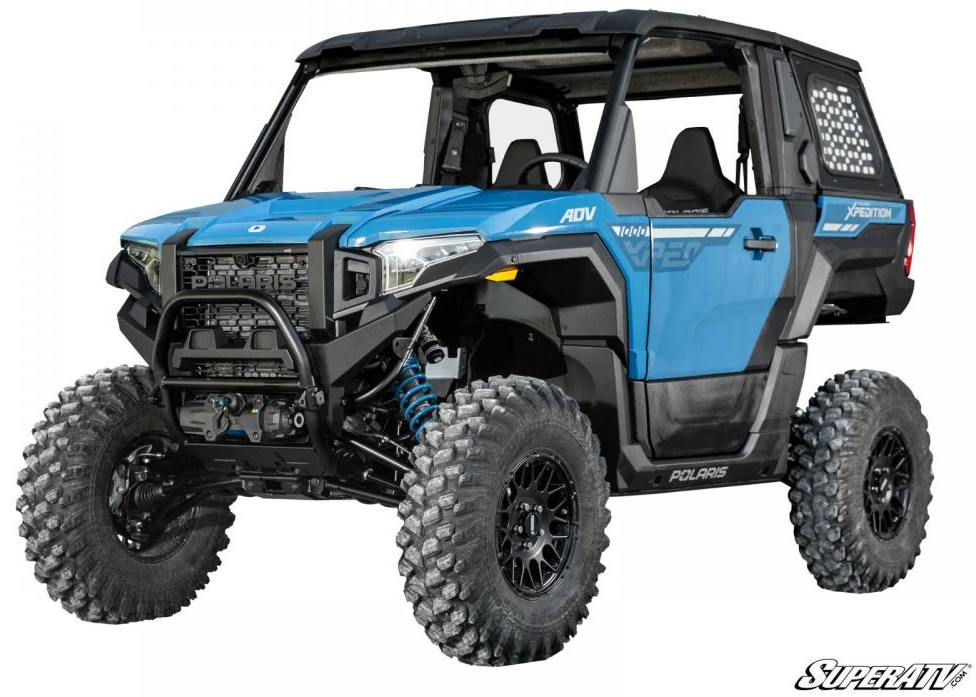
Polaris Xpedition Torque Specs Chart
Owning a Polaris Xpedition is about more than just the ride—it's about keeping everything tight, tuned, and trail-ready. Whether you’re wrenching at home or out on the trail with a toolkit strapped to your Rig, knowing your Polaris Xpedition torque specs can make the difference between a smooth adventure and a frustrating breakdown. From Expedition lug nut torque to upper control arms, every bolt plays a role in performance and safety. This guide ensures you’re never guessing when it’s time to torque. Print it. Bookmark it. Memorize it. Your Xpedition will thank you.
Why Torque Specs Are Critical
Let’s get real—torque specs aren’t just numbers. They’re your machine’s way of saying, “Don’t mess me up.” Applying the correct Polaris Xpedition torque specs ensures components are clamped just right—tight enough not to rattle loose, but not so tight that threads strip or bolts snap.
- Premature wear on your suspension
- Wheel studs breaking under load
- Misaligned drivetrain components
- Unsafe handling on rocky terrain
In short, torque specs are your vehicle’s peace of mind.
Polaris Xpedition Model Breakdown
2023 Polaris Xpedition XP
This model features dual A-arm suspension with serious articulation. Its geometry demands accurate torque to maintain alignment and performance. Refer to your Polaris Xpedition maintenance chart for any service intervals tied to bolt checks.
2024 Polaris Xpedition ADV
The ADV ups the game with longer travel and added weight. That means stress on fasteners is higher, especially around the rear suspension and driveline. Keep a close eye on your xpedition lug nut torque after the first ride and periodically thereafter.
Common Torque Values
Suspension Components
- Upper Carrier Bolt: 148 ft-lbs
- Front/Rear A-Arm Mount Bolts: 74 ft-lbs
- Sway Bar Mounts: 30 ft-lbs
- Lower Ball Joint Castle Nut: 81 ft-lbs
Engine Mounts
- Engine Cradle to Frame: 44 ft-lbs
- Transmission to Engine Mount: 55 ft-lbs
Chassis Bolts
- Rear Tow Hook: 70 ft-lbs
- Front Bumper Bolts: 55 ft-lbs
- Skid Plate Fasteners: 11 ft-lbs (with blue Loctite)
xpedition lug nut torque: 120 ft-lbs
Don’t forget to consult the Polaris Xpedition maintenance chart to stay on top of re-torquing intervals.
Pro Tips for Wrenching on Your Xpedition
- Use a torque wrench every single time. “Close enough” is never good enough.
- Apply Loctite where factory service manuals call for it—typically blue for non-permanent and red for critical hardware.
- Re-torque after your first ride. Many bolts settle after initial vibrations, especially the xpedition lug nut torque.
- Work in criss-cross patterns when tightening lug nuts or suspension brackets. It distributes force evenly.
- Check your Polaris Xpedition maintenance chart monthly, especially after rough riding or water crossings.
Make it part of your habit—right before the next ride, pop the torque wrench and give those vital bolts a once-over.
If you own a 2023 or 2024 model, having a grip on your Polaris Xpedition torque specs is just as vital as your riding gear. From xpedition lug nut torque to your sway bar mounts, torqueing the right way keeps your ride solid, your parts lasting, and your trail days fun, not cut short by a loose bolt. Be sure to check your Polaris Xpedition maintenance chart regularly, and keep that torque wrench in your toolkit.
Looking for more tips, tools, or accessories? Reach out to the crew who knows these machines inside and out. Contact us for advice, upgrades, or just to talk trails—we’ve got your Xpedition’s back.

